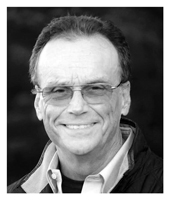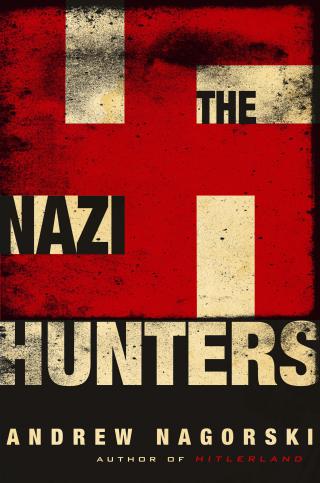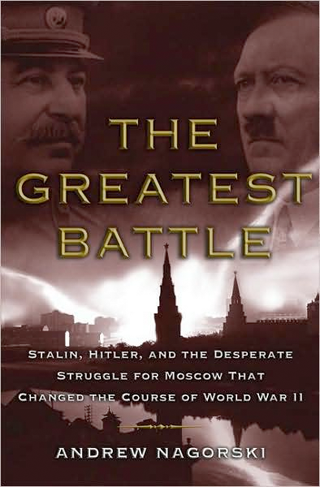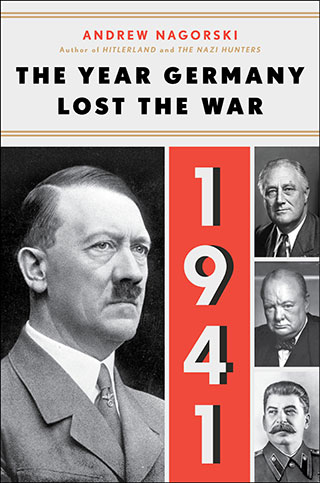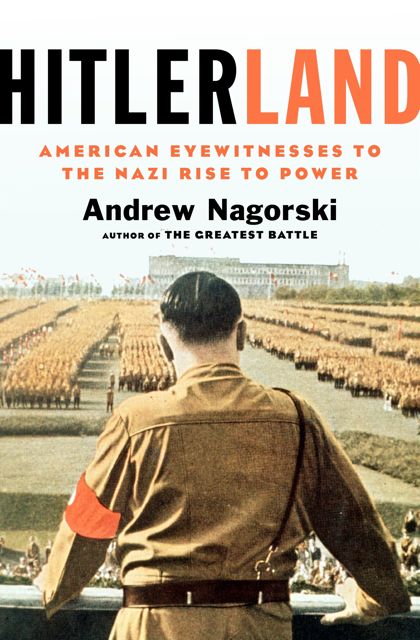One of the most famous German films right after the end of World War II was called Die Mörder sind unter uns — “The Murderers are Among Us.”
The movie’s main character is Suzanne Wallner, a concentration camp survivor. Played by the actressHildegard Knef, she returns to her devastated apartment in the ruins of Berlin.
Moviemaking and coping with history
She finds Hans Mertens, a former German Army surgeon already living there, succumbing to alcoholism and despair. The surgeon runs into his former captain, now a prosperous businessman.
During the war, the former captain had ordered the Christmas Eve massacre of one hundred civilians in a Polish village in 1942. Haunted by such memories, Mertens decides to kill the captain on the first postwar Christmas Eve.
At the last moment, Wallner convinces Mertens that such an act of vigilante justice would be a mistake. “We cannot pass sentence,” she tells him.
The surgeon understands. “That’s right, Suzanne,” he replies as the film ends. “But we must bring charges. Demand atonement on behalf of millions of innocent murder victims.”
The film was a spectacular success, attracting huge audiences. But its message was fundamentally misleading. It was left to the Allies, not to the German people, to arrange the early war crimes trials.
Shifting agendas
However, the victors soon largely abandoned such efforts, focusing instead on the emerging Cold War.
As for most Germans, they were far more eager to forget their recent past than to contemplate atonement.
Among the chief perpetrators who were not immediately arrested or who were caught and not initially recognized by their Allied captors, there was certainly no talk of atonement either.
There was only the impulse to flee. In Adolf Hitler’s case, it was by committing suicide in his bunker along with Eva Braun, whom he had just married. After poisoning their six children, Joseph Goebbels, his propaganda chief, and his wife Magda followed suit.
In the 1976 bestselling novel The Valhalla Exchange, the fictional Goebbels explains why he chose that course. “I have no intention of spending the rest of my life running around the world like some eternal refugee,” he declares.
Blending in
But most of his colleagues and other Nazis guilty of war crimes had no intention of following Hitler’s example. Many of the lower ranking perpetrators did not even feel compelled to hide: They quickly blended in with the millions who were seeking to rebuild their lives in a new Europe.
Others, who felt more at risk, found ways to flee the continent. For a long time, it looked like many of the people in both categories had succeeded in eluding responsibility for their crimes, often with the support of loyal family members and networks of Kameraden – Nazi Party comrades.
It was not to be. A relatively small band of men and women – both those serving in official positions and those operating independently – worked to reverse the initial successes of the perpetrators, not letting the world forget their crimes.
Tenacity matters
They demonstrated tremendous determination and courage as they kept up their fight even when the governments representing the victors and the rest of the world grew increasingly indifferent to the fates of the Nazi war criminals.
In the process, they also explored the nature of evil and raised profoundly troubling questions about human behavior.
Those who have attempted to bring the murderers to justice have been loosely labeled as Nazi hunters — but they have not been anything like a group with a common strategy or basic agreement on tactics.
They have been often at odds with each other, prone to recriminations, jealousies and outright rivalries, even as they pursued roughly the same goals. In some cases, this undoubtedly weakened their effectiveness.
But even if everyone involved in the pursuit of Nazi criminals had put aside their personal differences, the results would not have been significantly different.
And by any absolute measure, those results can’t justify the claim that justice was done. “Anyone who seeks a balance between the crimes that were committed and the punishment will be ultimately frustrated,” said David
Marwell, a historian.
He has worked for the Justice Department’s Office of Special Investigations, the United States Holocaust Memorial Museum and the Berlin Document Center and also served as the director of the Museum of Jewish Heritage in New York.
Not too difficult
As for the original pledge of the victors to prosecute all of those responsible for war crimes, he curtly added: “It’s too difficult.”
Too difficult to succeed on a grand scale, yes. But the efforts by those who refused to give up on the notion of holding at least some Nazi war criminals to account developed into an ongoing postwar saga unlike any other in the history of mankind.
At the end of past wars, the victors often killed or enslaved the vanquished, plundering their lands and exacting speedy retribution.
Summary executions, not trials or any other legal proceedings aimed at weighing the evidence to determine guilt or innocence, were the norm. Revenge was the motive, pure and simple.
More than revenge
Many of the Nazi hunters were also initially motivated by revenge. That is particularly true for those coming out of the camps or those victors who helped liberate them.
They saw the stunning evidence of the horrors that the fleeing Nazis left behind: the dead and the dying, the crematoriums, the “medical” facilities that served as torture chambers.
As a result, some Nazis and their collaborators were at the receiving end of immediate retribution at the end of the war.
But from the first Nuremberg trials to the hunt for war criminals in Europe, Latin America, the United States and the Middle East that has sporadically continued to this day, the Nazi hunters have focused most of their efforts on initiating legal proceedings against their prey.
By so doing, they demonstrated that even the most obviously guilty should have their day in court. It was no accident that Simon Wiesenthal, the most famous Nazi hunter, titled his memoirs Justice not Vengeance.
Stand up for justice
Even when justice was so obviously falling short, with the guilty often getting away with the mildest punishments or in many cases not facing any sanctions at all, the other goal that began to emerge was education by example.
Why pursue an aging camp guard during his final days? Why not let the perpetrators quietly fade away?
Many U.S. officials early on were more than happy to do so, especially as their attention was diverted to a new enemy — the Soviet Union. But the individual Nazi hunters were not about to let go, arguing that each case offered valuable lessons.
The point of the lessons: to demonstrate that the horrendous crimes of World War II and the Holocaust cannot and should not be forgotten.
Those who instigated or carried out those crimes — or others who may carry out similar crimes in the future — are never beyond the law, at least in principle.
This chapter in history is coming to an end. Most of the Nazi hunters, along with the hunted, will soon only exist in our collective memories.
Myth and reality are likely to become even more intertwined than they are today. Which is why their stories can and should be told now.
Adapted from: Andrew Nagorski’s new book The Nazi Hunters (Simon & Schuster) which released on May 10, 2016.
About Andrew Nagorski
Andrew Nagorski is a former Newsweek foreign correspondent and editor and the author of six books.
